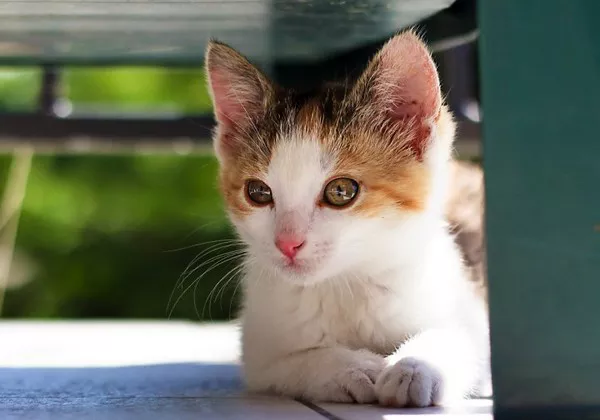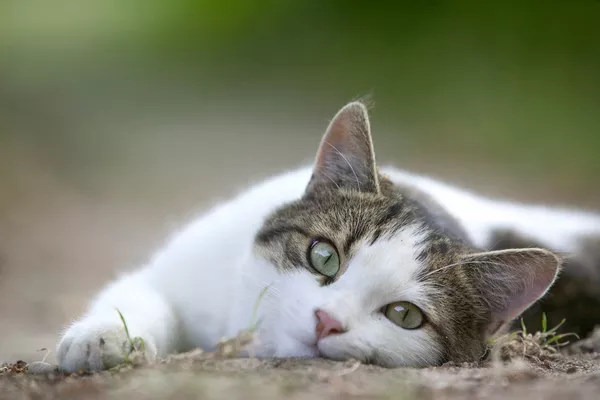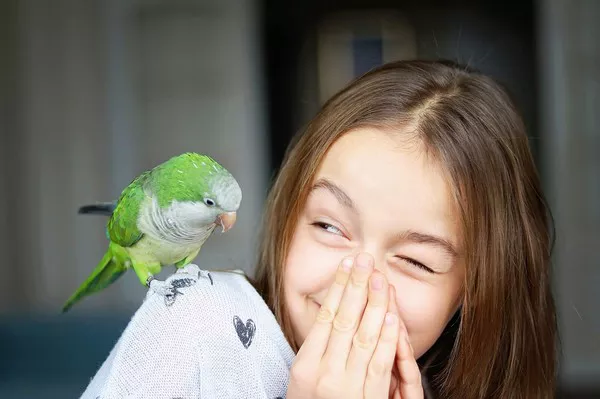Bearded dragons are popular reptile pets known for their docile nature and relatively simple care requirements. A crucial aspect of their well-being is a balanced and nutritious diet. While live insects are often recommended, a common question among bearded dragon owners is whether they can consume dead mealworms. In this article, we will explore the various aspects of feeding bearded dragons dead mealworms, examining the nutritional value, potential risks, and the overall impact on their health.
The Natural Diet of Bearded Dragons
Understanding the natural diet of bearded dragons is essential for providing them with the right nutrition. In the wild, these reptiles are opportunistic omnivores, consuming a mix of insects, vegetation, and occasionally small vertebrates. In captivity, replicating this diverse diet is crucial for their overall health and longevity.
Live vs. Dead Mealworms: Nutritional Comparison
Live Mealworms
Live mealworms are a staple in many bearded dragon diets due to their high protein content and lively movement, which stimulates the reptile’s hunting instincts. They also provide essential nutrients like vitamins and minerals, contributing to the overall well-being of the dragon.
Dead Mealworms
Dead mealworms, on the other hand, can offer similar nutritional benefits, but some components may degrade over time. The lack of movement may reduce the dragon’s interest, affecting its activity level and mental stimulation during feeding.
Nutritional Composition of Mealworms
Understanding the nutritional composition of mealworms is crucial for assessing their suitability in a bearded dragon’s diet.
Protein Content
Mealworms are renowned for their high protein content, a vital element in the diet of bearded dragons, especially during their growth phase. Proteins aid in muscle development, and a sufficient intake is crucial for maintaining overall health.
Fat Content
While mealworms provide essential fats, excessive fat intake can lead to health issues such as obesity. Monitoring the fat content in both live and dead mealworms is essential for maintaining a balanced diet.
Vitamins and Minerals
Mealworms are a good source of vitamins and minerals, including B-vitamins and calcium. However, the calcium-to-phosphorus ratio should be considered, as an imbalance can impact the dragon’s bone health.
Pros and Cons of Feeding Dead Mealworms
Pros
Convenience: Dead mealworms are easy to store and have a longer shelf life compared to live ones.
Reduced Risk of Injury: Live insects can potentially harm a bearded dragon, especially if they bite or scratch. Feeding dead mealworms eliminates this risk.
Controlled Diet: Dead mealworms allow for better portion control, preventing overfeeding.
Cons
Reduced Nutritional Value: Live mealworms offer more nutritional value due to their freshness and movement, which stimulates the dragon’s natural hunting behavior.
Decreased Interest: Bearded dragons may be less interested in dead mealworms, impacting their mental and physical stimulation during feeding.
Calcium Loss: Dead insects may undergo calcium degradation, affecting the overall calcium intake of the bearded dragon.
Feeding Guidelines and Tips
Ensuring the optimal feeding conditions for bearded dragons consuming dead mealworms is crucial to maintaining their health and well-being.
1. Supplementation
Compensate for any potential nutritional deficiencies by providing a well-rounded diet that includes a variety of insects and vegetables. Dusting dead mealworms with calcium and vitamin supplements can also address this concern.
2. Rotation of Diet
Avoid relying solely on dead mealworms as a primary food source. Introduce variety by incorporating live insects, greens, and fruits into the bearded dragon’s diet to ensure a diverse nutrient intake.
3. Observation
Monitor your bearded dragon’s behavior and weight regularly. Any signs of lethargy, weight loss, or changes in appetite may indicate a need for dietary adjustments.
4. Hydration
Supplement the diet with fresh water and ensure the bearded dragon stays hydrated. Hydration is essential for digestion and overall health.
Potential Risks and Precautions
Understanding the potential risks associated with feeding bearded dragons dead mealworms is crucial for responsible pet ownership.
1. Nutritional Imbalance
A diet solely reliant on dead mealworms may lead to nutritional imbalances. To mitigate this risk, incorporate a variety of food sources into the dragon’s diet.
2. Decreased Activity Level
The lack of movement in dead mealworms may result in decreased interest from the bearded dragon, potentially impacting its activity level. Regular physical and mental stimulation is vital for their well-being.
3. Calcium Degradation
Over time, dead insects may undergo calcium degradation. To counter this, provide additional calcium supplements and ensure a balanced calcium-to-phosphorus ratio in the diet.
Conclusion
In conclusion, feeding bearded dragons dead mealworms is possible, but it comes with both advantages and disadvantages. While dead mealworms offer convenience and reduced risk of injury, live mealworms provide superior nutritional value and stimulate the dragon’s natural instincts. Responsible pet ownership involves a balanced and varied diet, regular monitoring, and necessary supplementation to ensure the overall well-being of your bearded dragon. By understanding the nuances of feeding dead mealworms and taking appropriate precautions, you can strike a balance that contributes to the health and happiness of your scaly companion.
Related Topics:
Do Bearded Dragons Need to Be Sprayed? How Often?
Can Bearded Dragons Eat Carrots? Your Go-To Guide
What Not to Feed Bearded Dragons: 10 Things to Avoid


























